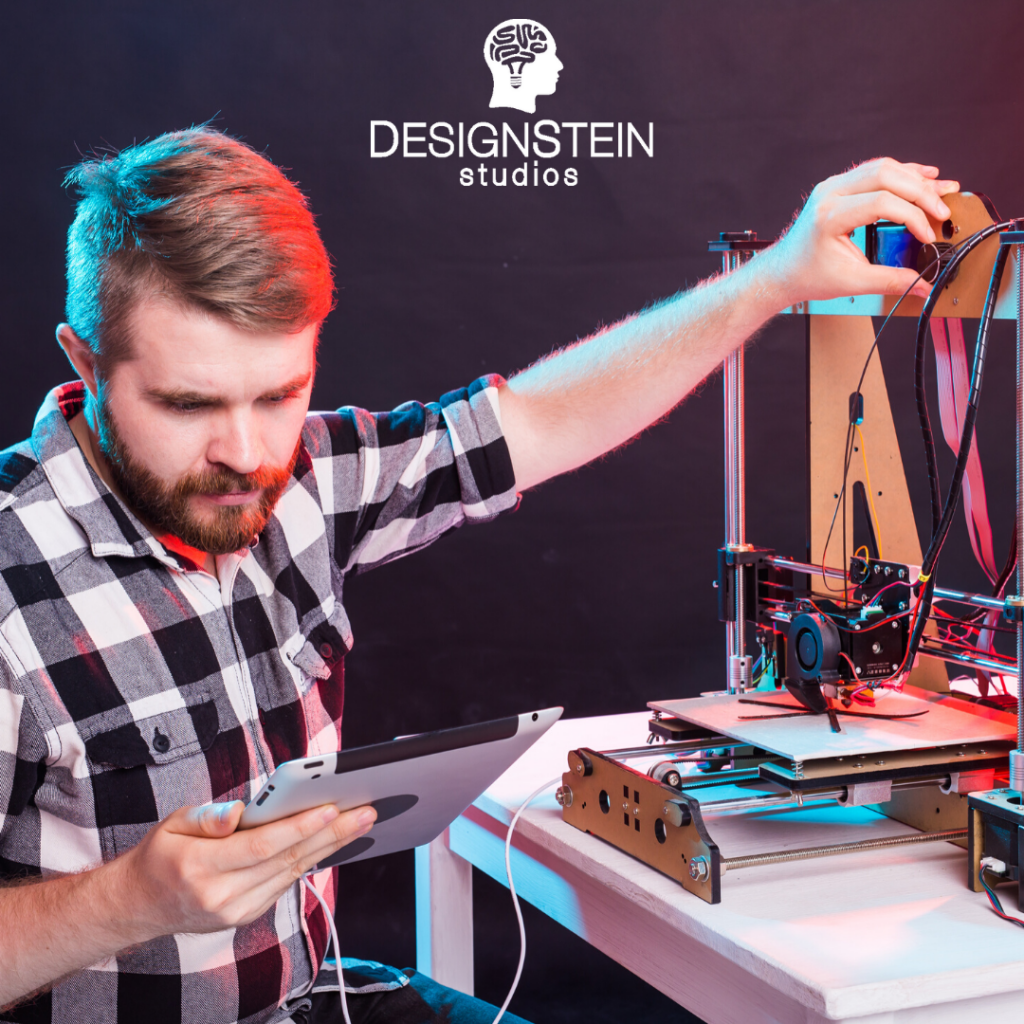Business decision making is a thoughtful process that requires you to engage team members that matters the most. During the past, product designers were underestimated by not involving them in the decision making the process. Most of the time an industrial design company would handover a plan and instruct a designer to work on it.
Things are changing over time. The inventiveness and passion of designers have resulted in better products and user-friendly apps that ensure better user experience. Designers are creative by nature, and there are so many reasons why designers should take part in business decision making. Companies should encourage design thinking that enables them to develop practical, strategic, and cognitive concepts through great design teams and designers.
So let’s dig a little deeper into finding why designers should take part in strategic decision making.
Today when we think about a company, we really think of a product. When we hear about the blue-hued social media network Facebook, we think more about the interaction that we do with our friends. When we think of Airbnb, we think more about having a nice cozy place to treat ourselves over the weekend. When we think of the Tinder, we think more of our charming prince. So, it is always more about the product and less about the company itself. As relatable as it sounds, you can only have a winning product if you have a great team of designers.
Companies flourish when they better understand the pain points of their target market and bring in the perfect solution. And, if executives at your company want a business strategy to be inherent, they can only do this by incorporating it into the design.
How do the designers shape business strategy
Designers at the industrial design company understand the business landscape far better than the guys with entrepreneurial skills. Where a business executive notices improved conversion rates, a designer sees a delightful user experience. When a business executive notices increased time on the website, a product designer brainstorms if the user interaction could produce less friction. Where the entrepreneurial spirits see users, product designers see people.
Designers are advocates of the products, and they deserve to take part in decision making. If they take part in decision making, they push back all those ideas which undermine the product designing.
A designer at the industrial design company often asks questions like:
- Is it still possible to execute a vague strategy?
- Will a user drop out without completing a certain process?
- How can I make the process even faster?
- They also ask themselves if the decision aligns with company goals?
- Focused questions like these often lead to creating a rock-solid vision. It is far easier to develop a winning design with a rock-solid vision in mind.
- Why designers should be included in strategy making
When high-level executives involve designers in the decision-making process from day one, they do themselves a huge favor. Some people argue that the CEO of a company should be a designer, but that’s another debate. A designer will be better able to understand what choices he needs to make that are aligned with the company’s goals and strategy. He truly understands as the strategy changes, so the design. And, in the case of the design changes, there is definitely a strong strategic reason for the change.
Industrial design companies should ensure a strong connection between strategy and design
If you want to design a winning product, ensure a strong connection between design and strategy. Hiring more designers is the first step to that. However, it is not as easy as it sounds because finding a good designer is a hard process. Great companies need more than a single designer to handle all the designing needs. To speed up the process, integrate designers into all the teams because of their input matters at all levels.
Due to their unique understanding of both the design and strategic side of the business, the designers at your company will rise through rank. Companies should involve designers in decision making to encourage growth and empower them to influence strategy. Plus, it will strengthen the understanding of company goals and ensure better integration of design and strategy. As a result, businesses will grow through the new ecosystem.

